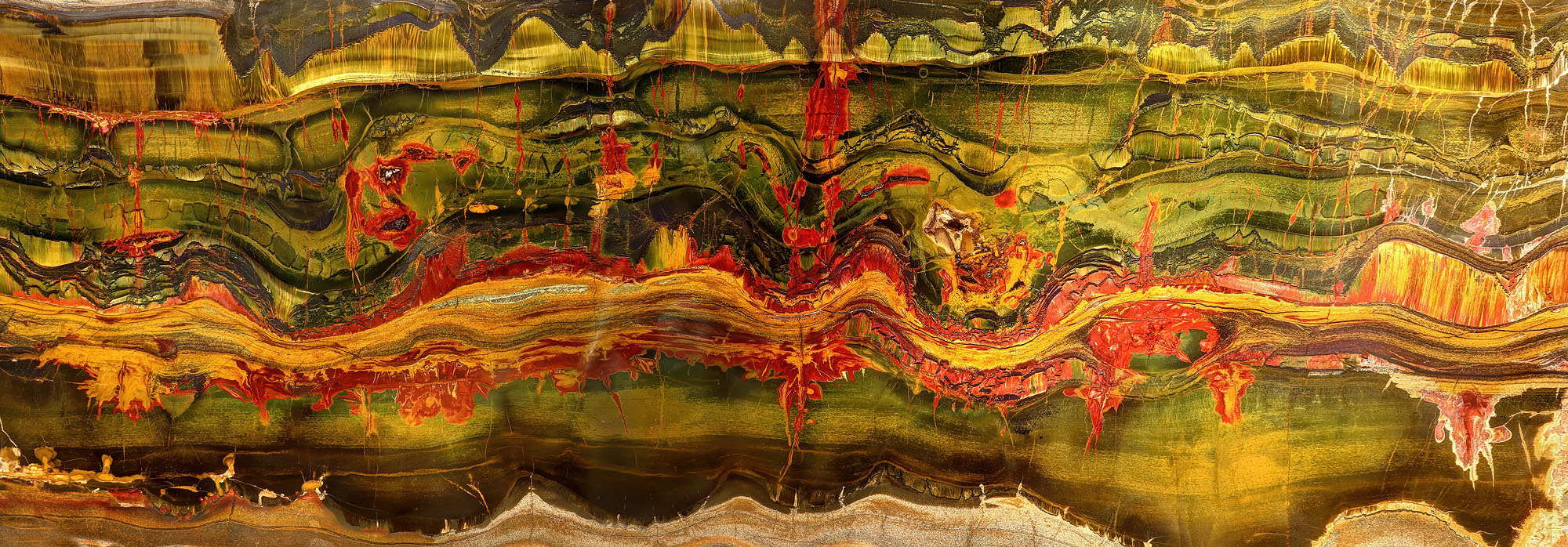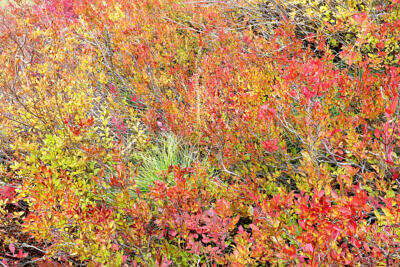The Marra Mamba banded iron ore of Karijini’s Hamersley Range in northwest Australia is an archaic natural artwork, created by the first microorganisms that inhibited the early Earth. About 2500 million years ago, the shallow seas off the coasts of the Pilbara primordial continent underwent powerful tectonic changes, which opened up a new ocean basin and, at the same time, created calm and stable environmental conditions on the continental shelf.
The only living organisms that inhabited the earth at that time were bacteria that fed on iron and sulphur in a world without oxygen. The iron and sulphur were dissolved in the murky brown seawater.



